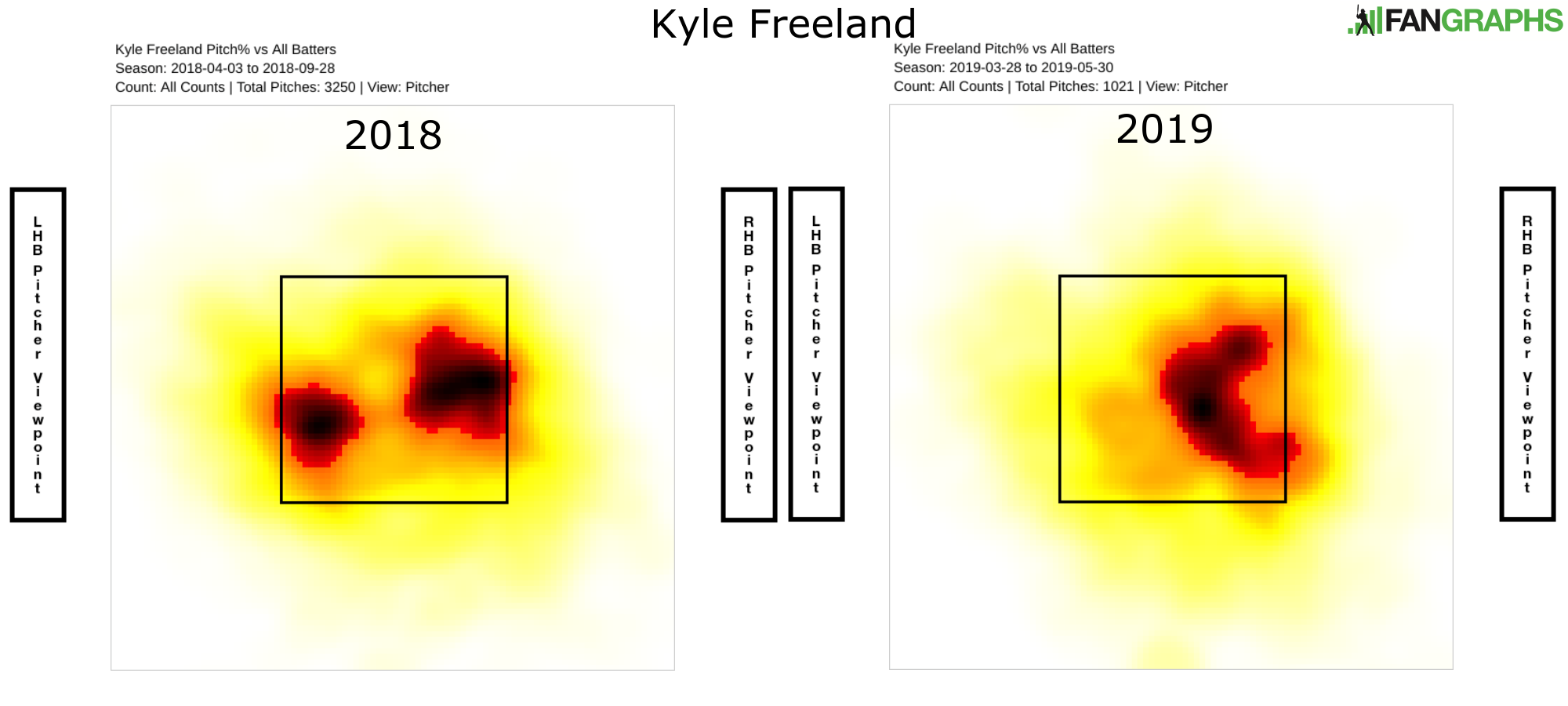Analyzing the National League September Call-ups
September call-ups, both high-profile and totally innocuous, have been trickling in over the transaction wire for the last several days. As always, there are some that will have real impact on the playoff race, some that are interesting for the purposes of player evaluation, such your usual spare lefty reliever and catcher (by far the most common types of September additions), and some teams with no new names at all. Below I’ve compiled notes on every player brought up by National League teams since the start of the month, no matter how inconsequential, and I slip some rehabbers and August 31st acquisitions in here, too. It’s a primer for you to get (re)acquainted with players who might impact the playoff race or seasons to come.
Contenders’ Reinforcements
Atlanta Braves — INF Johan Camargo, RHP Chad Sobotka, RHP Jeremy Walker, LHP A.J. Minter, RHP Bryse Wilson
Camargo didn’t hit with the big club at all this year, not even in late July or all of August when he was handed pretty regular at-bats filling in for an injured Dansby Swanson. But he hit .483 over the few weeks he was down in Gwinnett after Swanson returned and Camargo was optioned. He’ll be a versatile, switch-hitting bench piece for the stretch run, and he projects as that sort of premium bench player long-term.
Sobotka and Walker were optioned to make room for the multiple relievers Atlanta acquired at the deadline. Sobotka, who sits 94-98 with life and has a plus, 2900-rpm slider, posted a 16-to-2 strikeout to walk ratio at Triple-A since being sent down. You may see him pitching big innings this month. Walker has been throwing 25-pitch, 2-inning outings with three days of rest in between. He may be on mop-up or long relief duty. Read the rest of this entry »

